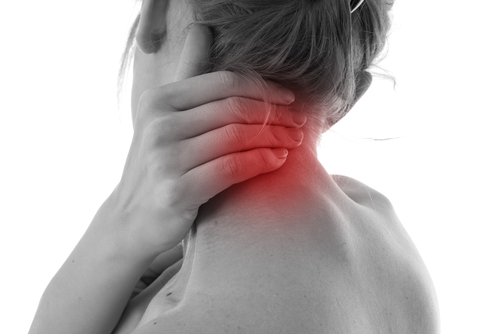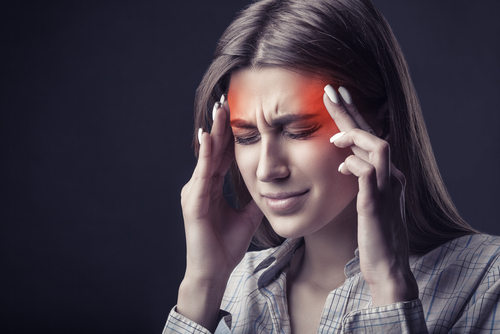Now, what exactly is Occipital Neuralgia? It is nerve pain at the level of the occiput. Where is the occiput? The occiput is right at the very base of your head, the very base of your skull, and it’s the bottom part that sits on top of the neck and the upper two bones in the neck.
What are the symptoms of occipital neuralgia? Oftentimes it’s typically just pain, severe pain at the base of the head, and sometimes it will radiate up into the head and the skull. Sometimes it can create severe headaches, it can affect how you sleep, it can affect your energy, it can affect how you concentrate, and it can affect your whole life if it’s a chronic condition.
Where does Occipital Neuralgia come from? It comes from something at the top of the neck, or something being out of align. The typical medical approach is they primarily have two weapons: drugs and surgery, and neither are really very effective when it comes to Occipital Neuralgia.
Obviously, there’s no surgery. Sometimes they have actually gone so far as cut the occipital nerve, which should be the last resort. Obviously, any time you cut something, you can’t un-cut it. And then the medications oftentimes not only just affect this area, but it affects your whole body. They are usually pretty powerful drugs that make it hard to work and drive, and even stay awake at times.
Where Occipital Neuralgia actually comes from is there’s pressure placed at the top of the neck on that occipital nerve. It is called the occipital nerve that comes out from underneath the base of your skull and comes off of the brain stem and goes up and innervates the head.
Now what happens is if one of the bones at the top of the neck get even a little bit out of alignment, they can actually put pressure on that nerve. Now this is what happens. If they go and they look at your head, they look at the base of your skull, there’s nothing wrong at all with your head. But somehow or another, you have pain here and what happens is that the message gets altered.
The normal message that should say, “Hey, everything’s okay, brain.” tells the brain, “Hey, everything’s okay, there’s no pain. There’s no numbness, there’s no tingling, and there’s no headache. Everything’s okay.” Well that message normally would get to the brain, and everything would be great. But, if one of these bones is out of alignment, it changes the message before it gets to the brain. It’s signaling the brain that something’s wrong.
When that happens, the brain interprets pain, so you are experiencing pain when there is no pain there because the bone at the top of the neck is out of alignment, and it’s creating that sensation to the brain. The only way to remove the sensation is to take the pressure off of the brain stem where it innervates with the occipital nerve, then the normal message that says, “Hey, brain everything’s okay”, gets unimpeded all the way to the brain and everything comes out fine.


